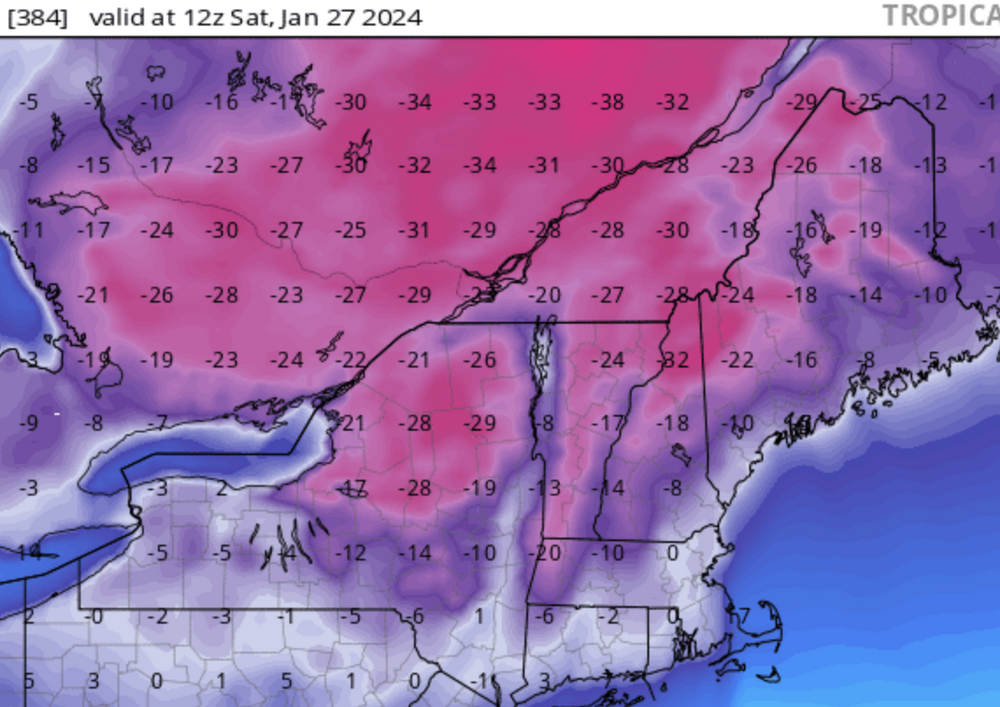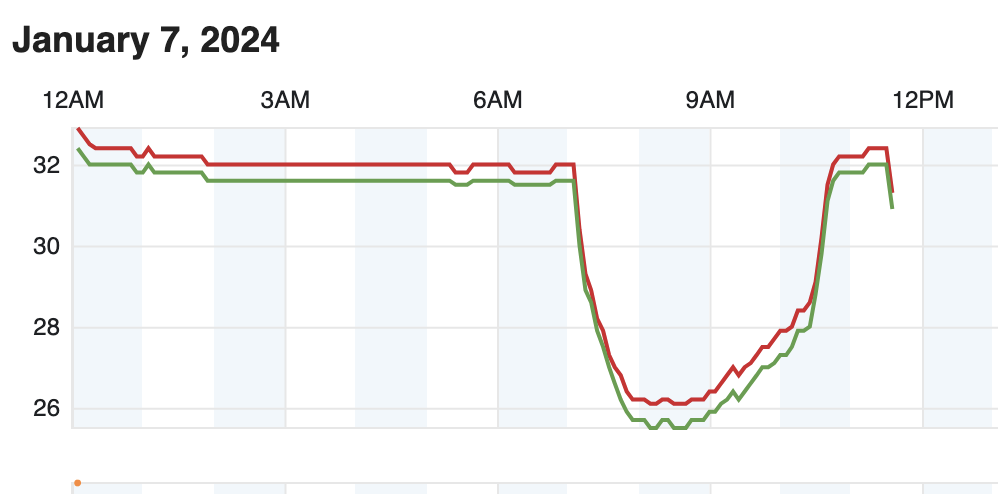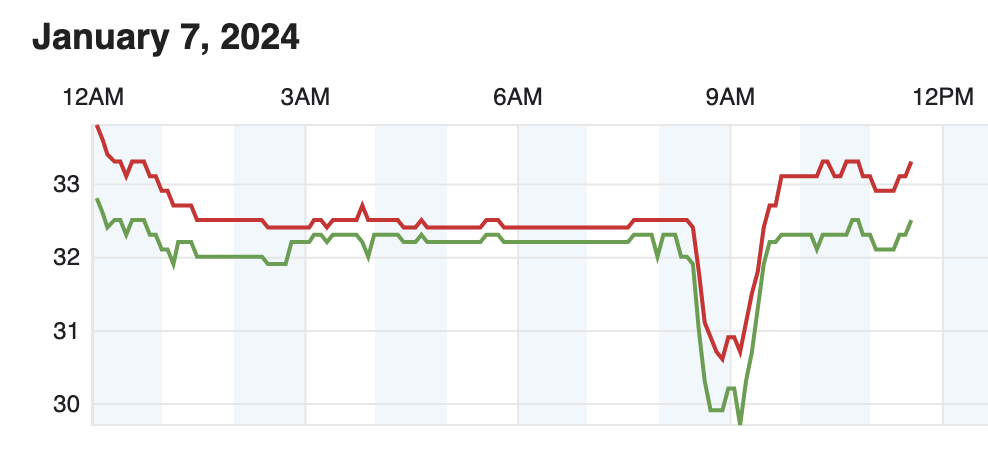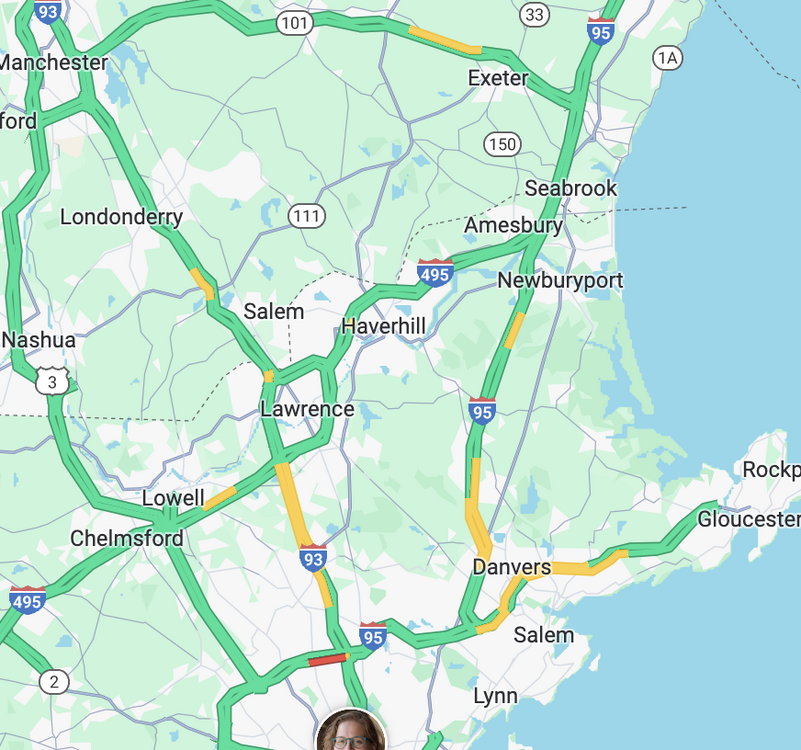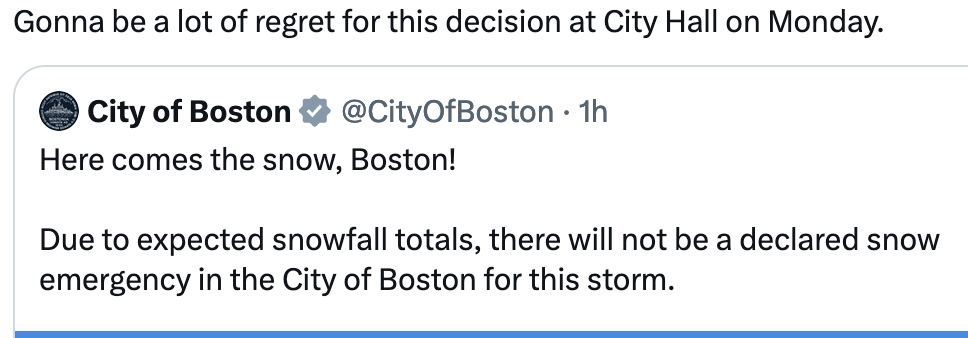
ariof
Members-
Posts
558 -
Joined
-
Last visited
Content Type
Profiles
Blogs
Forums
American Weather
Media Demo
Store
Gallery
Everything posted by ariof
-
-
1/9-1/10 Now Morphing to Less-Than-Exciting Power Cutter
ariof replied to Torch Tiger's topic in New England
The Prospect webcam on Route 9 in SVT shows SN and their weather station has their temp at 24 having come down from 26. https://prospectmountain.com/conditions/ I believe this is within a couple of miles of Chez Mitch. -
1/9-1/10 Now Morphing to Less-Than-Exciting Power Cutter
ariof replied to Torch Tiger's topic in New England
1/18/15 went from -2 at BML at 12Z to 43 15 hours later with ZR in the afternoon. (One of those fun "oh it's 18 and it's raining" kind of days.) I waited to drive Route 16 until it had gone to freezing. Many of those who hadn't spent some extra time in a ditch. -
Verbatim on the Euro they'll CAD well.
-
Google Maps has "yellow" roads now all the way into Cambridge/Somerville/Allston. Looks like this CF push was: 11:30 Lexington (after initially stalling out near there and pushing back for a bit) 12:15 Arlington Heights / Stoneham / Lynnfield 13:00 Needham / Brighton / Tufts / Melrose 13:15 JP / Union / Saugus
-
CF coming through near Porter Sq. After hours of white rain, feeling warm despite the snow outside and 1" of slush, the road is now covered and white, and the building I can see 1/2 mi away is right on the edge of visibility. Looks like we'll have a few hours to rip down here.
-
https://www.wunderground.com/wundermap I linked a couple of stations in. Looks like it's pushing slowly east now. Back into Belmont/Arlington now. Will see if it crashes east soon.
-
Pretty impressive coastal front moving back and forth just around 128 based on the Wundermap weather stations. Moved through KBED around 0600 having steadily pushed in from the NH border near KFIT around 0000. Here's Lexington, came through at 6, back out around 11, looks like it might be swinging back through. A couple miles east in Arlington it was only through for about 45 mins. East of there has been white rain with accumulation on grass/cars/well-insulated roofs until it pushes through.
-
-
Euro verbatim is probably a net gainer for most anyone north of the New England Mason-Dixon Line (the northern Mass border).
-
It wasn't a big storm but it was quick, and when it snowed, it came down pretty hard, with nice C&I flakes. 26 so it wasn't slop, and not very windy. Wunderground history doesn't have vis, but it shows that the boundary layer saturated at about 1800, and IIRC that was a 6:30 or 7:00 game, so it basically snowed 3 or 4" during the game. The real highlight was Brady running for a first down on 3rd-and-6, spiking the ball, and then losing his footing and eating a face full of snow.
-
--SHRA/SHSN in Boston a few minutes ago. Clear line to the north as front pushes through.
-
Through 330 the GFS puts Greylock at 48" and Wachusett at 40" at 10:1, Kuchera 59/44, pos change 35/26, depth 26/16 (ish). Pivotal is giving me all this for free for whatever reason. Anyway, what an absolute clown run for Massachusetts.
-
Yeah. Highest snowfall last year on a single day was 2.3" NY and Philly media are making a big deal of the snow streak there (since they had 0.9" on consecutive days in NYC last year) but if you set the bar a bit higher it's the longest streak on record for Boston. 675 days since 2.4-2.9" of snow. 3" snow drought was over two years ending in 2013 (so that 2012 ratter). You need to go up to 4.4" to get a three year streak (ending 1909). Remember, we're spoiled. Between 1984 and 1992 there was one single daily snowfall over 6" (and it was only 9"). In the last 21 winters, only 3 have failed to drop half a foot in a day, and only 5 haven't cleared the 9" mark. Even counting consecutive days, no storm for those 8 years cleared a foot. Meanwhile single days have cleared a foot 9 of the past 21.
-
SFC low over KART vs KBAX. It's only 350 miles.

